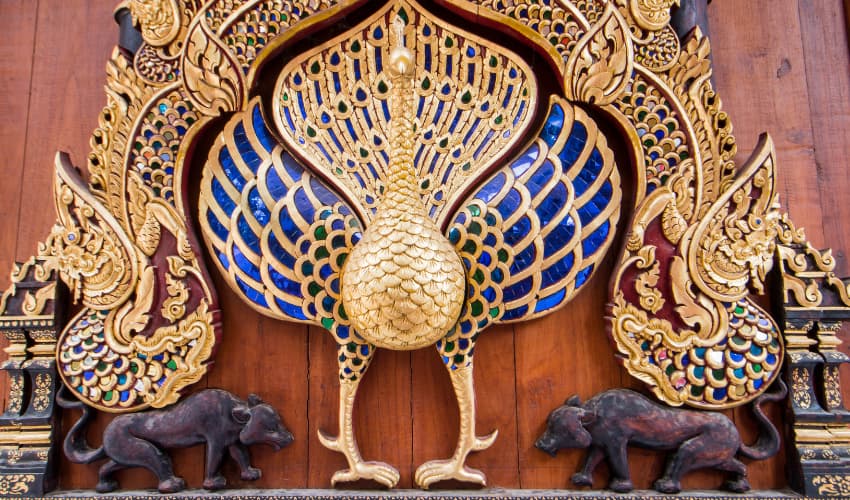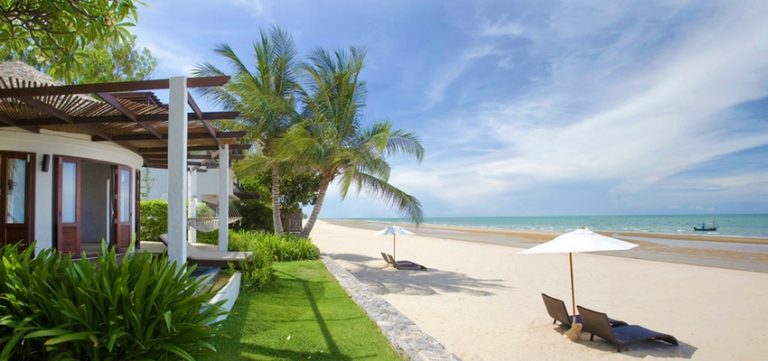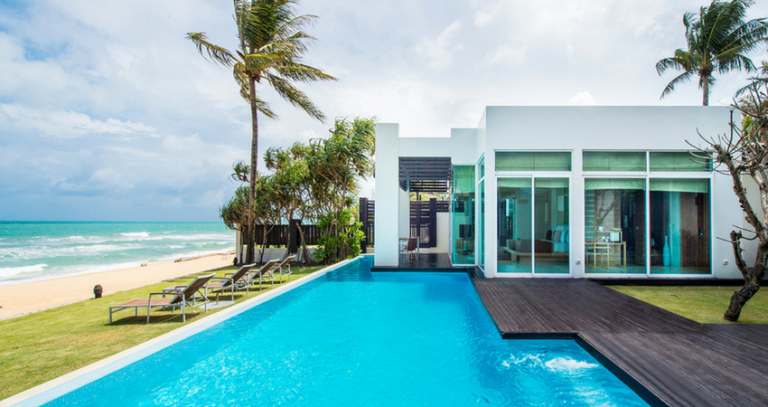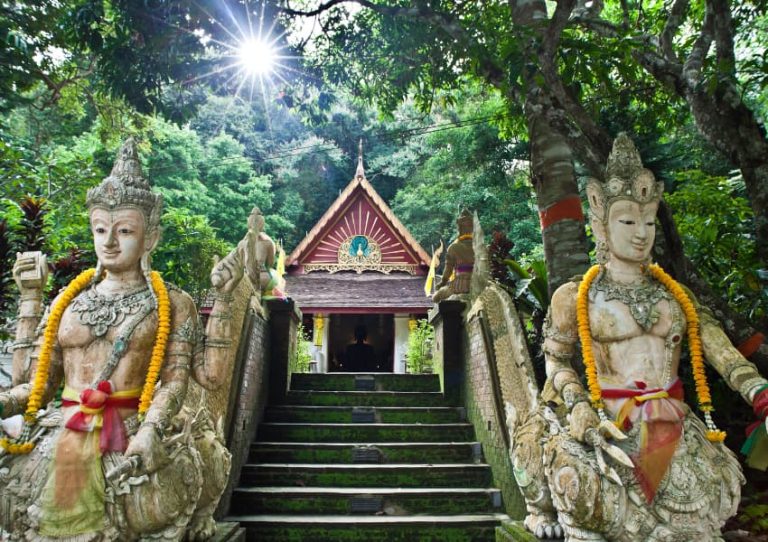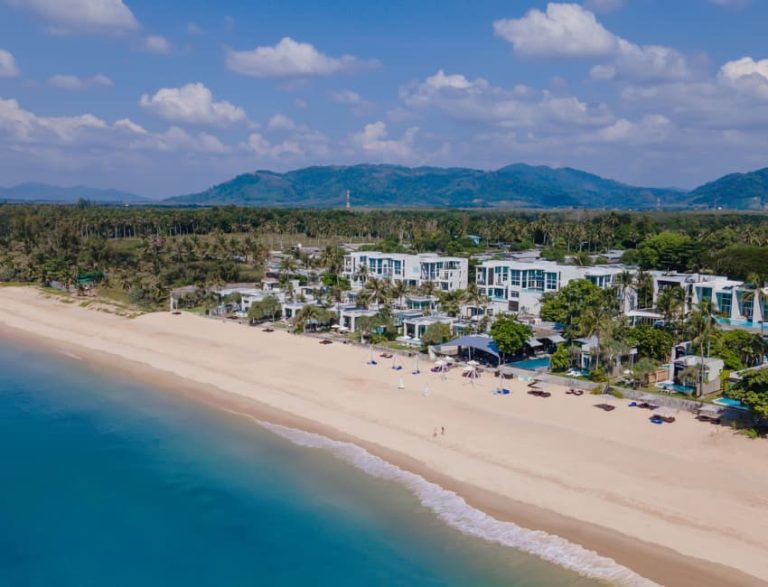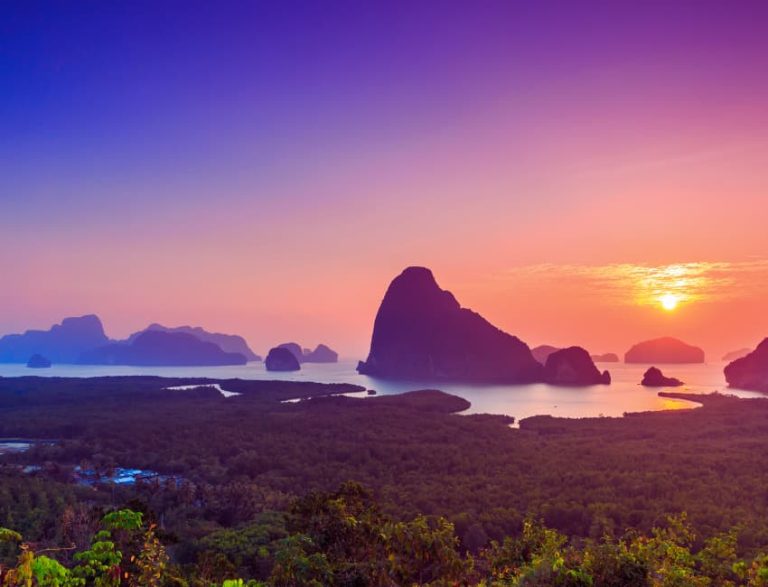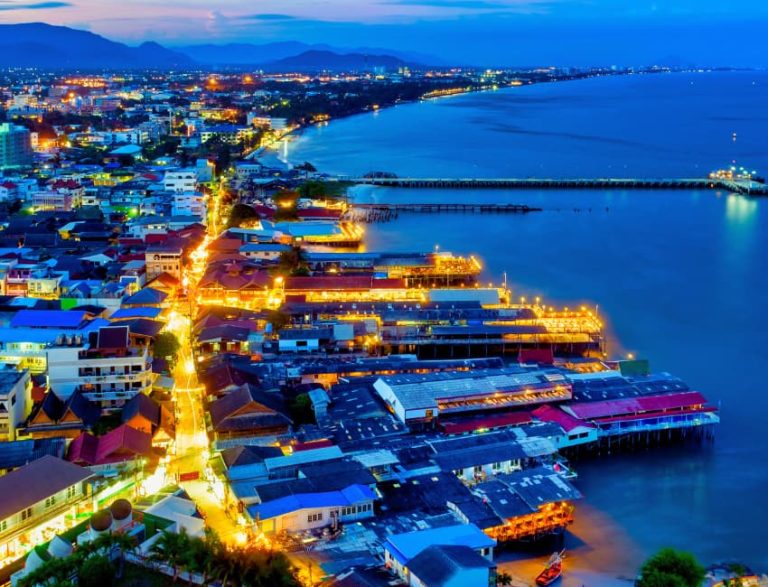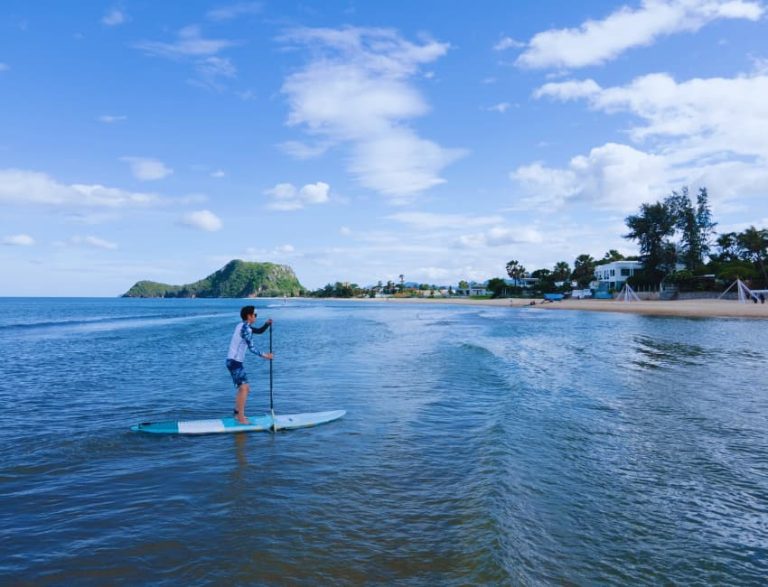Besides the natural beauty of its mountainous landscape and the richness of its cultural history, Northern Thailand is renowned for being one of the country’s most popular areas for meditation. With Chiang Mai acting as a central hub for visitors to this region, one need not go too far to experience mindfulness in its extreme, and there are several centres where you can learn the art of meditation. One such place is the beautifully crafted Wat Ram Poeng.
A pleasant 25-minute walk from the Aleenta Retreat Chiang Mai brings you to this historic temple. Its location on the outskirts of the Doi Suthep-Pui National Park couldn’t be more fitting for a mediation centre, with the magnificent mountainous backdrop acting as a catalyst for pure relaxation and introspection.
Wat Ram Poeng’s History
The story behind Wat Ram Poeng goes back to King Tilokaraj in the 15th century and contains tales of murder plots and power struggles between him and his only son, Tao Sri Boonroeng.
After learning of his son’s plan to overthrow him, the king banished him to rule Chiengsaen, which Tao Sri Boonroeng did for several years. This, however, did not stop his desire to take the King’s place, resulting in a further plot to overthrow his father. This was the final straw, and King Tilokaraj ordered his son’s murder, leaving Tao Sri Boonroeng’s son, Yod Chiangrai, next in line to the throne.
He eventually became king in the late 15th century, after the death of King Tikokaraj, which he believed to be in suspicious circumstances. After determining those responsible for his grandfather’s death, King Yod Chiangrai imposed the death penalty; however, because of his strong Buddha beliefs, he wanted to make amends for this action.
After talking with a wandering monk who told him of rays of light coming from a tree and a possible hidden relic, he travelled by elephant to Tambol Suthep to investigate. Here, King Yod Chiangrai wished for the elephant to stop if relics were indeed buried there, which it did, and a relic was duly found. Celebrations ensued, and Wat Ram Poeng was built close to this spot.
During the Second World War, the Japanese Army set up camp in the temple compound, which had lain abandoned for many years. The buildings were severely damaged, and the locals fled; however, they returned after the war, and work began rebuilding the temple complex. The rebuilt monastery was deemed suitable for meditation, and the Wat Ram Poeng Buddhist meditation centre was born.
Meditation at Wat Ram Poeng
Meditation is an integral part of several religions. Although Wat Ramm Poeng is essentially a Buddhist temple, it welcomes people from all faiths and all countries to participate in its meditation courses.
The centre promotes Vipassana meditation, the oldest method of meditation in the Buddhist religion. It focuses on the connection between mind and body. The word “Vipassana” essentially means to see things as they are, and this method teaches you to look deep within yourself by silencing the noise in your mind, focusing on the present and banishing regrets from the past, and accepting things for what they are without worries or negative thoughts. The courses are all based on the four foundations of mindfulness: mindfulness of body, mindfulness of feelings, mindfulness of thought and mindfulness of reality.
Meditation retreat at Wat Ram Poeng run regularly throughout the year and last seven to 26 days. The introductory course for beginner meditators is 26 days, after which you can take a 10-day course that expands on the basics from the beginners’ class. There is a list of rules to adhere to while on a course, including wearing white clothing, not talking during meditation and no physical contact.
The centre has on-site accommodation, split into sections for local and foreign visitors. Having this accommodation available to meditators makes it conducive to a more immersive experience.
The Temple Buildings
While the meditation centre is one of the primary aspects of Wat Ram Poeng, several buildings in the complex are worth seeing.
The Viharn Lai Kam Chapel was constructed from golden teak and underwent quite a substantial renovation recently in 2015. Built-in a traditional Northern Thai style, the chapel features pillars beautifully adorned with Thai lacquer work.
The two-storey Tripitaka Hall predominantly houses Tripitaka scriptures and palm leaf manuscripts in 19 languages. The building mixes Lanna and Thai styles with Thai stucco embellishments.
Wat Ram Poeng features a teak assembly hall with extravagant gold-gilded carvings and paintings that tell the story of earth, heaven and hell. The hall is a mix of styles with Chinese arches leading to the outside.
In addition, several buildings are dedicated to meditation and similar activities and a central pagoda houses Budda relics and icons.
The gardens include an expansive pond populated with fish and turtles, and the lush environment complements the serene, nurturing atmosphere that attracts meditators and visitors to Wat Ram Poeng.
Wat Ram Poeng FAQs
Q: What are the visiting hours for Wat Ram Poeng?
The temple is usually open daily from around 6:00 AM to 6:00 PM. However, it’s always a good idea to check for any changes in opening hours before visiting.
Q: Is there an entrance fee to visit Wat Ram Poeng?
There is no entrance fee to visit the temple, but donations are appreciated to help maintain the temple grounds and support its meditation programs.
Q: Can I join a meditation course at Wat Ram Poeng without prior meditation experience?
The meditation courses at Wat Ram Poeng suit beginners and experienced meditators. The experienced monks will guide you through the practice.
Q: How do I register for a meditation course at Wat Ram Poeng?
You can visit the Northern Insight Meditation Center’s website for detailed information on course schedules, requirements, and registration processes. It’s best to book early, as the courses may fill quickly.
Q: What should I wear when visiting Wat Ram Poeng?
As a sign of respect, visitors should dress modestly when visiting any temple in Thailand. This means wearing clothes that cover your shoulders and knees. Avoid sleeveless tops, short skirts, or shorts. It’s also recommended to remove your shoes before entering the temple buildings.
Q: Can I take photographs at Wat Ram Poeng?
Yes, you can take photographs at the temple—however, respect monks and other visitors who may be meditating or praying. Avoid using flash photography inside the temple buildings and refrain from taking photos during meditation sessions or ceremonies.
Q: What is the best way to reach Wat Ram Poeng?
Wat Ram Poeng is about 4 kilometres southwest of Chiang Mai’s Old City or a 25 min walk from Aleenta Retreat Hotel Chiang Mai.
Q: Are any accommodations available at Wat Ram Poeng for meditation course participants?
Yes, accommodations are typically provided for participants of the meditation courses. These accommodations are simple, clean, and align with the monastic lifestyle. You may be required to share a room with other participants or have a private room, depending on your availability and course.
Related Articles
- Wat Suan Dok
- Wat Umong Suan Phutthatham
- Seven Chiang Mai Temples Worth A Visit
- Wat Lok Moli
- Wat Pha Lat
Aleenta Retreat
Chiang Mai
189 Soi Ban Mai Lang Mo 18,
Suthep, Muang Chiang Mai District,
Chiang Mai 50200
T: +66 (0)52 090 333

